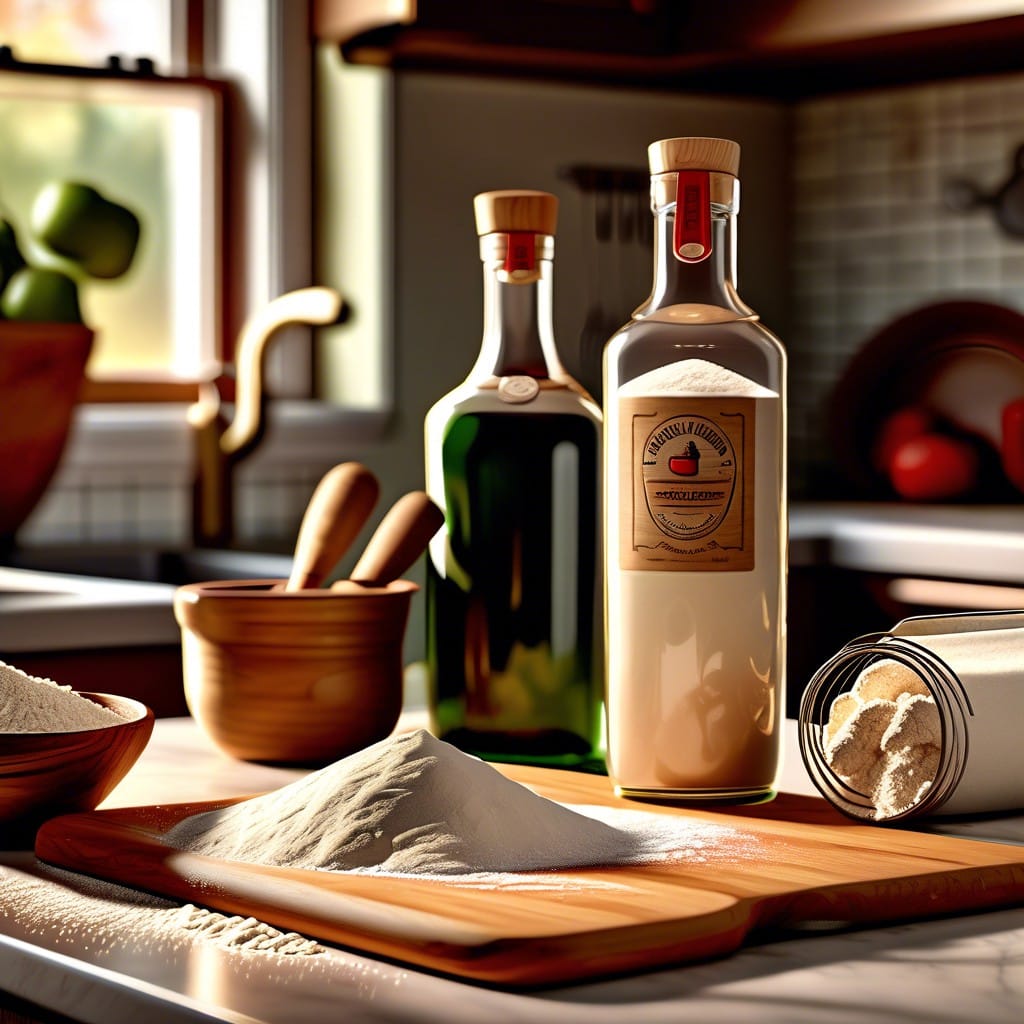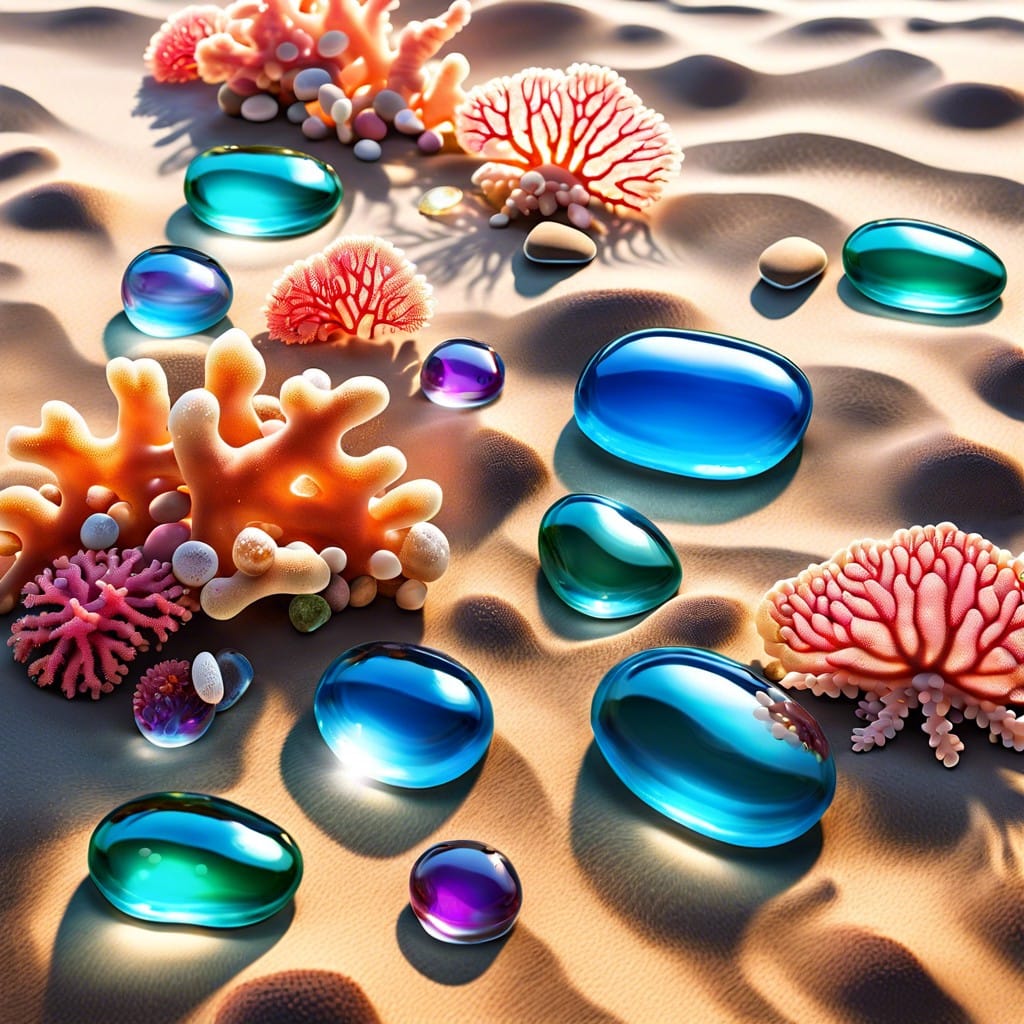Last updated on
Discover the durability of chalk paint and how it holds up on different surfaces for your next DIY project.
Key takeaways:
- Chalk paint requires minimal prep work and adheres well to various surfaces.
- Factors affecting chalk paint durability include application technique, surface preparation, environment, sealant choice, and paint quality.
- Chalk paint is durable on wood, metal, ceramic, and glass surfaces.
- Sealing with clear wax or acrylic sealers is essential for protecting chalk-painted pieces.
- Real-life users recommend using sealants or topcoats for improved chalk paint durability.
Understanding Chalk Paint
Chalk paint, known for its matte finish and minimal prep work, is a popular choice for revitalizing furniture and home decor. Unlike traditional paints, it requires no sanding or priming, adhering well to a variety of surfaces. Made from calcium carbonate, talc, and pigment, chalk paint provides a unique chalky texture that contributes to its aesthetic appeal.
This paint offers the added convenience of quick drying times and easy water-based cleanup. Its thickness and opacity often mean fewer coats are necessary to cover existing finishes or dark colors. Additionally, a variety of techniques can be applied while using chalk paint, from smooth modern finishes to distressed looks that enhance the character of vintage pieces.
Factors Affecting Chalk Paint Durability
Several factors directly impact the toughness and longevity of chalk paint on surfaces. Application technique plays a significant role, with thin, uniform layers generally offering better adherence and lasting power than thick, uneven ones. Surface preparation, including cleaning and sanding, can enhance paint grip, ensuring the painted piece withstands daily wear and tear.
The environment in which the painted object resides influences durability as well. High-traffic areas, moisture, fluctuating temperatures, and direct sunlight can all reduce the lifespan of the paint job.
Sealant choice is critical to durability. Options range from waxes to polyurethane finishes, each with pros and cons; waxes may need more frequent reapplication but offer a desirable matte finish, whereas varnishes are tougher but can alter the aesthetic.
Lastly, the quality of the chalk paint itself matters. High-grade paints with superior pigmentation and binding agents will adhere better and resist chipping and fading over time, making them a more durable choice for furniture and home decor.
Longevity of Chalk Paint On Different Surfaces
Chalk paint adheres well to a myriad of surfaces without extensive prepping, ranging from wood to metal, ceramic, and even glass. Its matte finish can give furniture or decor a vintage look that’s quite appealing.
When applied to wood, typically a staple for crafters, the porous nature of chalk paint permeates the grain, resulting in a strong bond—a significant factor in its durability on wooden items. For metal, the key to longevity is in the preparation, making sure the surface is clean and free from rust prior to painting ensures a lasting finish.
Ceramic pieces enjoy a fresh breath of life with chalk paint, though the surface may require a thorough cleaning and light sanding to improve adhesion. What’s fascinating about glass is the stark contrast between its smooth surface and the ultra-matte finish of chalk paint; a primer can be beneficial here to extend the life of the paint.
The diverse compatibility and staying power of chalk paint on different substrates make it an inviting choice for revamping a variety of items, from picture frames to kitchen cabinets.
Protecting Chalk Paint Surfaces
Sealing with clear wax or acrylic sealers is fundamental for ensuring the longevity of your chalk-painted pieces. These topcoats shield against moisture, stains, and wear, reinforcing the paint’s surface against daily use. Clear wax has the added benefit of deepening the paint’s hue while providing a velvety finish.
For items that see heavy traffic, consider an acrylic sealer which imparts a protective layer that’s more resilient to scratches and scuffs.
Regular maintenance, including gentle cleaning with a soft cloth and mild soap, helps preserve the finish without eroding the protective sealant. Avoid harsh chemicals that can strip away the wax or sealant and diminish the paint’s durability.
Minimize exposure to direct sunlight as it can lead to fading over time. Positioning furniture pieces away from windows or using window treatments can help reduce sun damage.
For outdoor use, a marine-grade sealant offers the strongest protection against harsh weather conditions, preserving the chalk paint’s look and feel despite the elements.
Touch-up kits are valuable for periodic maintenance, ready to cover any accidental chips or marks and blend seamlessly with the existing finish to maintain the surface’s resilience.
Real-life User Experiences With Chalk Paint Durability
Online forums and blogs are brimming with feedback from DIY enthusiasts who have experimented with chalk paint. Here’s what some are saying:
- Furniture Revamps: Users often recount tales of transforming thrift store finds into beautiful statement pieces. The patina chalk paint provides can withstand years, but many recommend a sealing wax or top coat for high-traffic items like dining tables or chairs.
- Kitchen Makeovers: Homeowners who have taken the leap and painted their cabinets report satisfaction with the matte finish and coverage. Regular cleaning doesn’t seem to harm the paint, although some note extra care is required to avoid chips or stains.
- Craft Projects: From picture frames to mason jars, the ease of use is a common thread. Crafters love that little to no prep is required, and the paint adheres well, even after multiple handling.
While individual experiences vary, a recurring piece of advice is that the proper finishing steps are crucial. Use of sealants or protective topcoats is often highlighted as a key factor in ensuring the paint’s longevity.
Recap:




